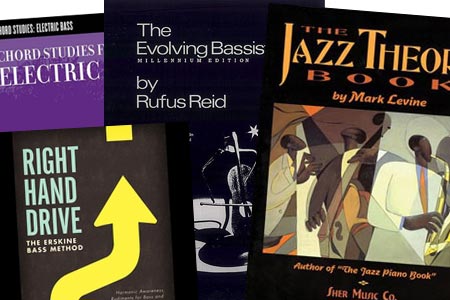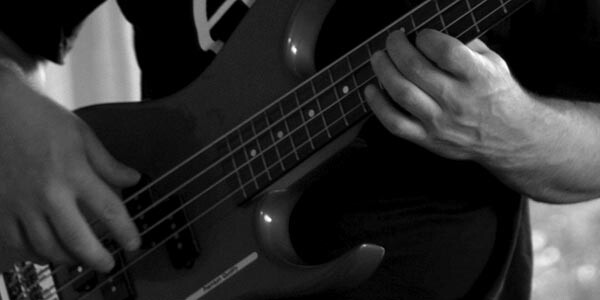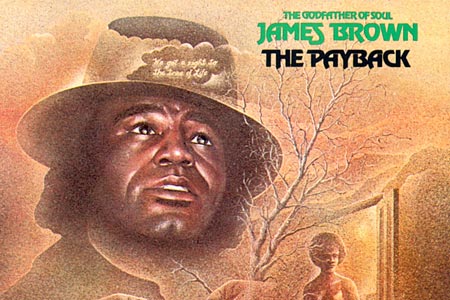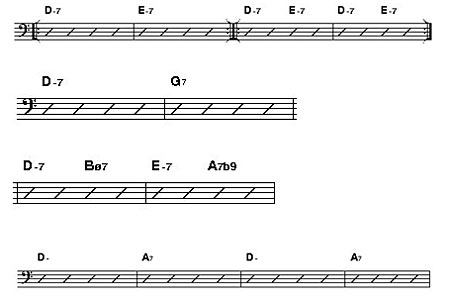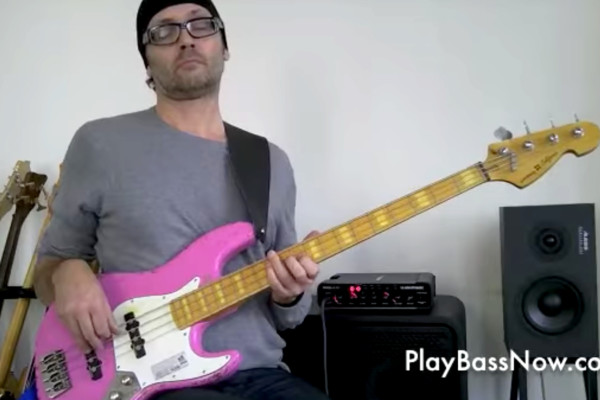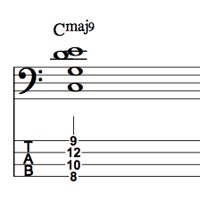Theory Archives - Page 4
Learning Theory: Recommendations for Resources and Steps to Making it Happen
Q: What would you recommend as great resources for learning theory? I’m not someone who lacks in imagination or creative drive or even feel. I’m more of a groove player, and I’ve never stopped to get any formal grounding with modes, harmonizations, relationships of scales and arpeggios and putting that together for a given tonality. I’d appreciate any recommendations for...
On Modes and Getting Away from the Root
Q: I have question about how to practice and apply modes that is killin’ me. We are constantly being being bombarded with the concept of getting away from root in our playing and practice. For instance, scale finger pattern 4 starting on the 3rd fret of the E string is like G A B C D E F G A...
Jazz Box: A Look at the Chord and Scale Reference App for iOS
Jazz Box, in my humble opinion, has just helped to fulfill a need for a thorough, high quality harmonic study app. While not perfect and not 100% inclusive of every harmonic consideration, it goes way beyond any of the other apps I have seen in explaining scale considerations in the jazz idiom, spelling out various chords and explaining what certain...
Bass Line Construction: Legato Minor Pentatonic Scale Bass Run
Last time, we kicked off a bass line construction series of lessons with a study in improvising on some funk in the key of C. This time around, we’re focusing on some new phrasing ideas for the trusty old minor pentatonic scale. In this case, we’re using the A minor pentatonic scale: A, C, D, E, G The exercise covers...
iHarmony: A Look at the Music Theory App for iOS
iHarmony is an app described by its creator as “a fully complete collection of scales, chords & harmonizations…” The harmonization part of the description describes what is actually a list of chord qualities for every note in a given mode (i.e.: Maj7, -7, -7, Maj7, Dom7, -7 & -7(b5) for the Major modes), which is quite handy. While I wouldn’t...
Creating Bass Lines: Getting Your Mind Right
Q: I’m struggling with the thought process behind coming up with bass lines. What advice would you give for ways to approach and think about constructing lines? A: This is another question that is ripe for comments, as everyone probably has something unique to them going through their minds when developing a bass line. To start, a lot of what...
Bass Line Construction: Rhythm and Repeating Patterns
Let’s take a look at some of the fundamentals in bass line construction. In this lesson, we’ll improvise on some funk in the key of C. A quick note and correction: when I say “seventh” in the video, I mean flatted seventh. You’ll see the annotation when that comes up in the video. Here’s a break down of the notes/intervals...
Funk Bass Line Lesson – James Brown’s “The Payback”
Today’s featured video is as instructional as it is cool. Bassist/instructor Anthony Pell breaks down how to construct a funk line, using James Brown’s “The Payback” – a tune from Godfather of Soul’s 1973 album of the same name. Fred Thomas was the bassist on that album, by the way. Pell breaks down three approaches to note selection for the...
Chord Substitutions, Tritones and Bass
Q: When is it ok to use chord substitutions on standards? Also, can you explain tritone substitutions? A: The use of chord substitutions is fun to practice but must be used with caution on the gig. Our role as a bass player is to support the harmonic foundation for the rest of the band, as well as lock the rhythms...
Breaking Down the Pentatonic Scale: The Five Positions on Bass
Today, we’re going to break down the minor pentatonic scale, its positions on the fretboard, and its uses. As the name suggests, the pentatonic scale is a five note scale. If we look at this scale in A minor, our scale is: A = root (1) C = minor third (b3) D = fourth (4) E = fifth (5) G...
Playing Chords: A Guide for Bassists
Q: I recently bought a 6-string bass and started working on playing chords. How should I voice more complex chords (e.g. Gm13) using few (3 to 4) notes, while maintaining the quality of the chord? A: It is important to note a few things when doing this. Much of this is learned by doing it wrong and having someone correct...
Ear Training and the iTunes Game
As a musician, our greatest tool is our ears. Our job within a musical context is to listen, and quite frankly, to play notes that sound good. As a bass player, we need to be on our toes and quickly decipher the bass line and at the very least, the root notes of the chords that are being played. There...
